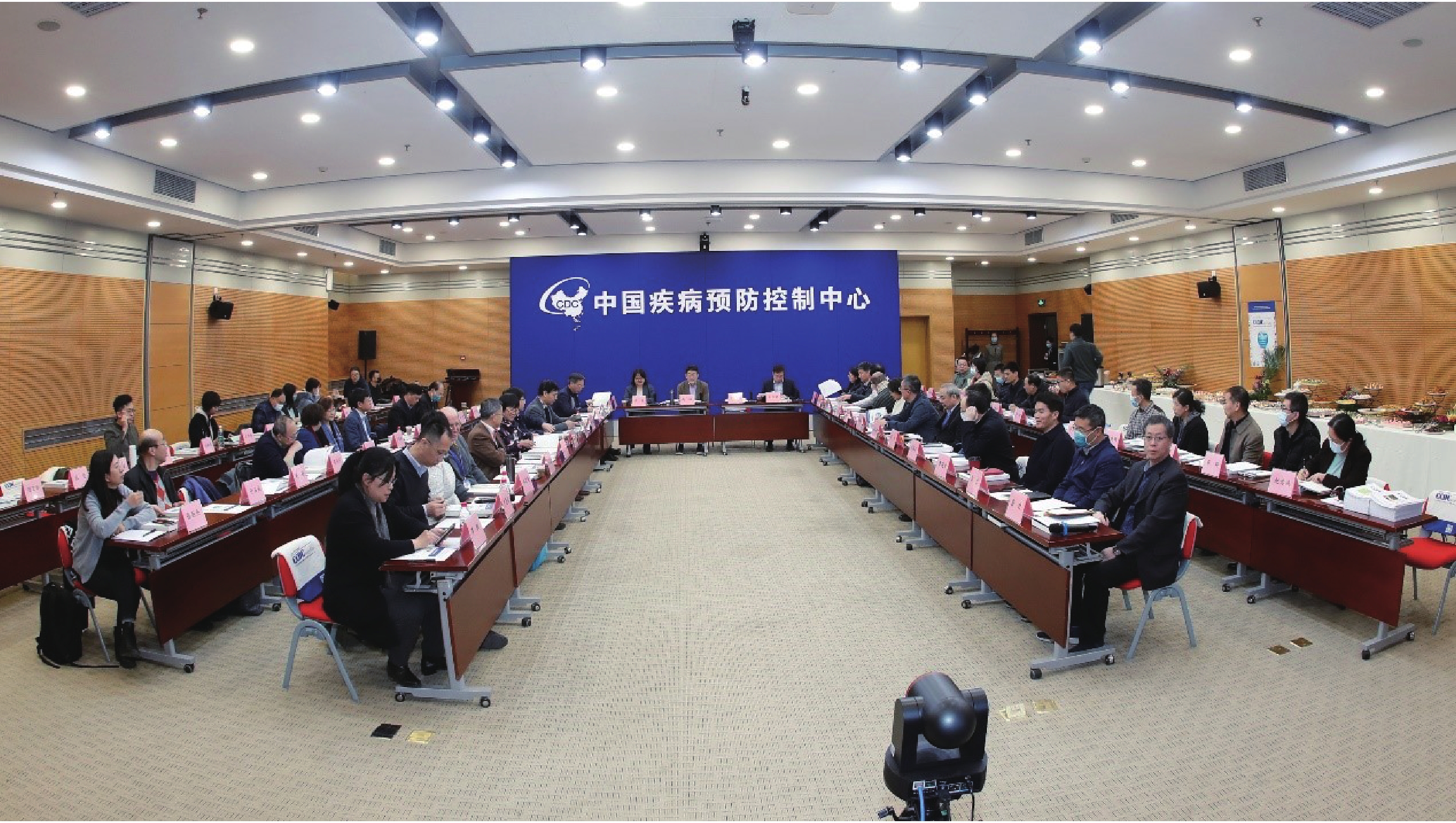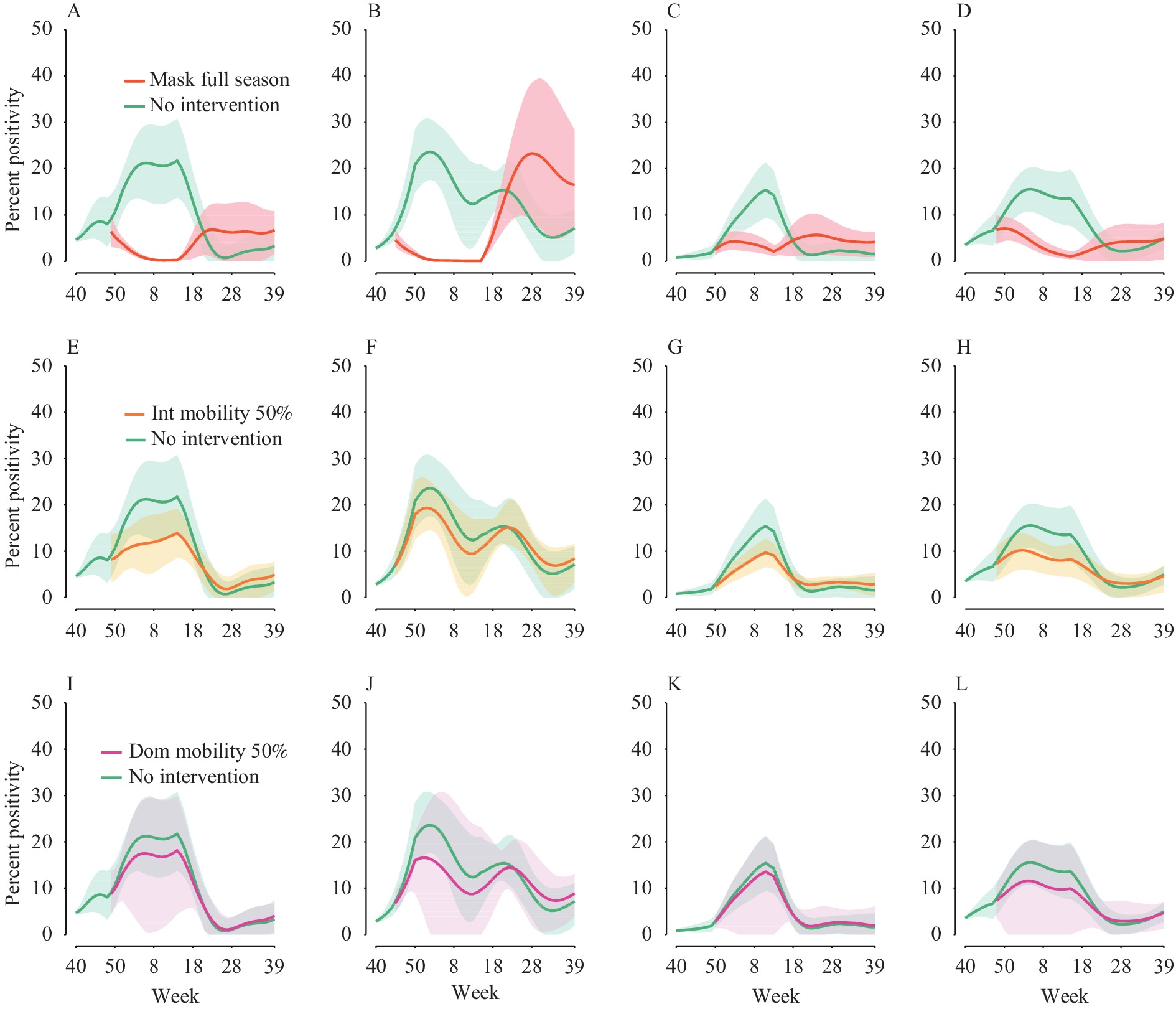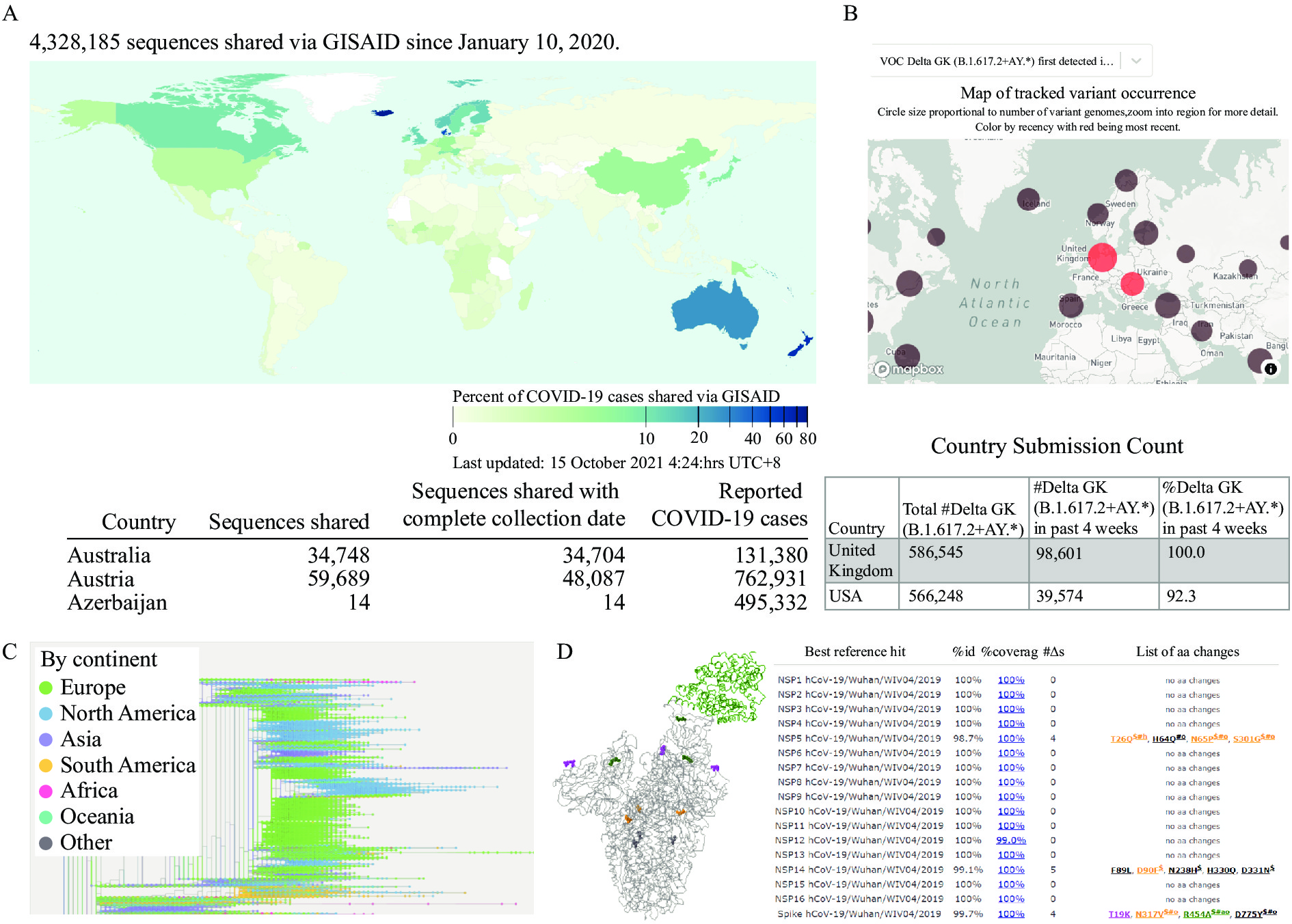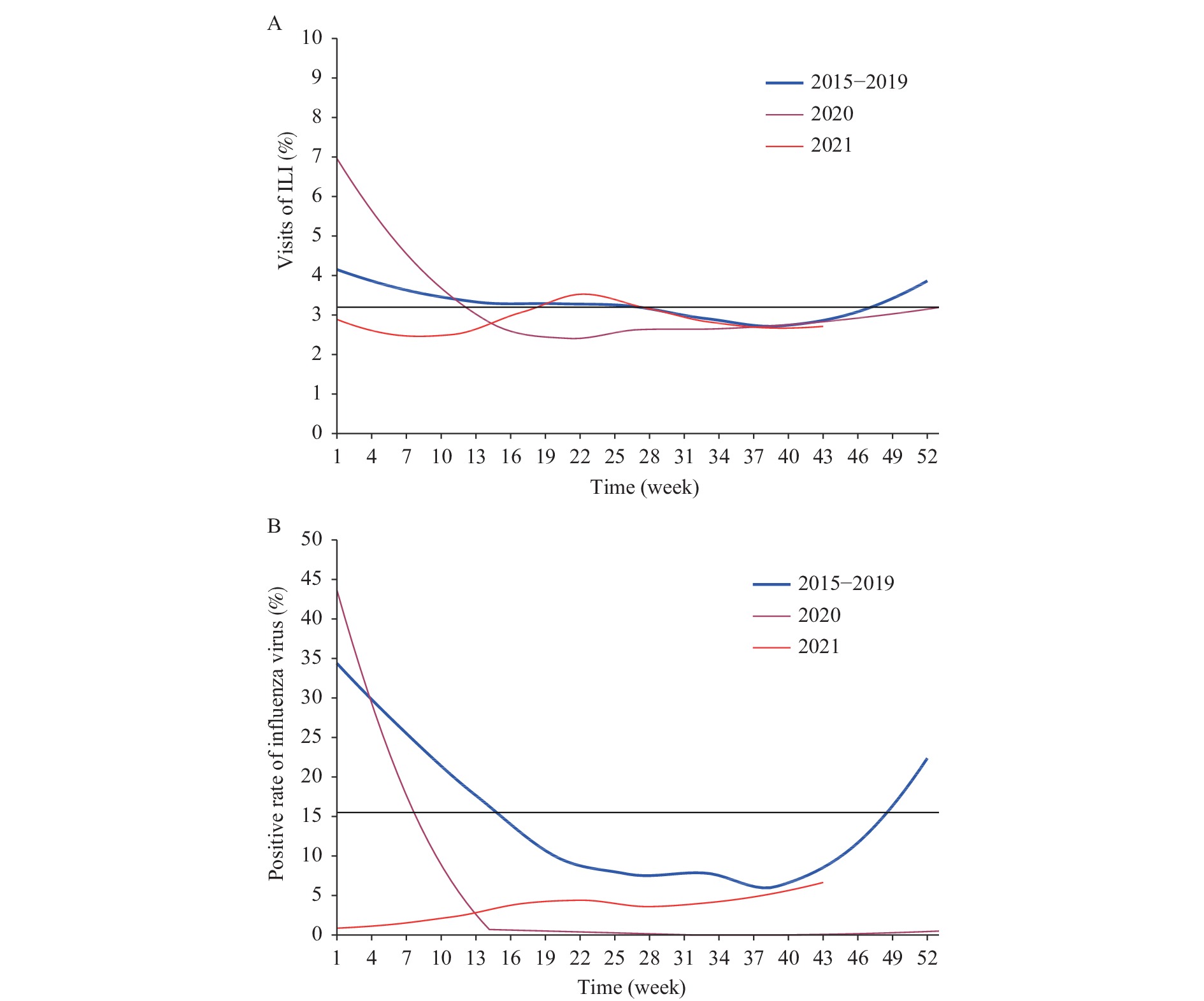2021 Vol. 3, No. 49
Seasonal influenza activity has declined globally since the widespread of severe acute respiratory syndrome coronavirus 2 (SARS-CoV-2) transmission. There has been scarce information to understand the future dynamics of influenza — and under different hypothesis on relaxation of non-pharmaceutical interventions (NPIs) in particular — after the disruptions to seasonal patterns.
We collected data from public sources in China, the United Kingdom, and the United States, and forecasted the influenza dynamics in the incoming 2021–2022 season under different NPIs. We considered Northern China and Southern China separately, due to the sharp difference in the patterns of seasonal influenza. For the United Kingdom, data were collected for England only.
Compared to the epidemics in 2017–2019, longer and blunter influenza outbreaks could occur should NPIs be fully lifted, with percent positivity varying from 10.5 to 18.6 in the studying regions. The rebounds would be smaller if the mask-wearing intervention continued or the international mobility stayed low, but sharper if the mask-wearing intervention was lifted in the middle of influenza season. Further, influenza activity could stay low under a much less stringent mask-wearing intervention coordinated with influenza vaccination.
The results added to our understandings of future influenza dynamics after the global decline during the coronavirus disease 2019 (COVID-19) pandemic. In light of the uncertainty on the incoming circulation strains and the relatively low negative impacts of mask wearing on society, our findings suggested that wearing mask could be considered as an accompanying mitigation measure in influenza prevention and control, especially for seasons after long periods of low-exposure to influenza viruses.
The number of influenza virus detections declined tremendously after the emergence and worldwide spread of severe acute respiratory syndrome coronavirus 2 (SARS-CoV-2); an effect most likely caused by non-pharmaceutical interventions to slow the spread of SARS-CoV-2. Recent data suggest that influenza virus detection has slightly increased in parts of the world, perhaps owing to the relaxation of social distancing measures.



 Subscribe for E-mail Alerts
Subscribe for E-mail Alerts CCDC Weekly RSS Feed
CCDC Weekly RSS Feed



